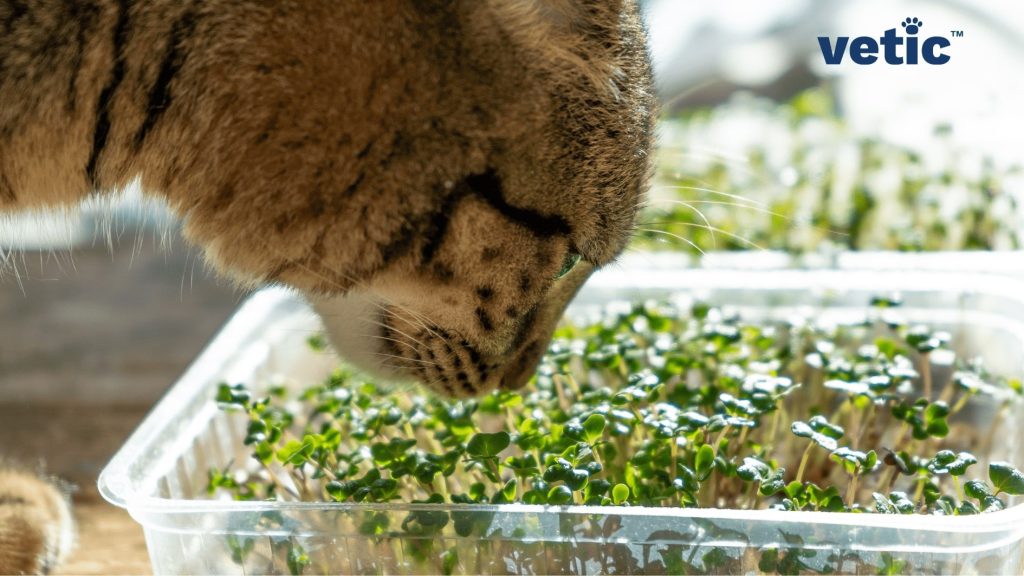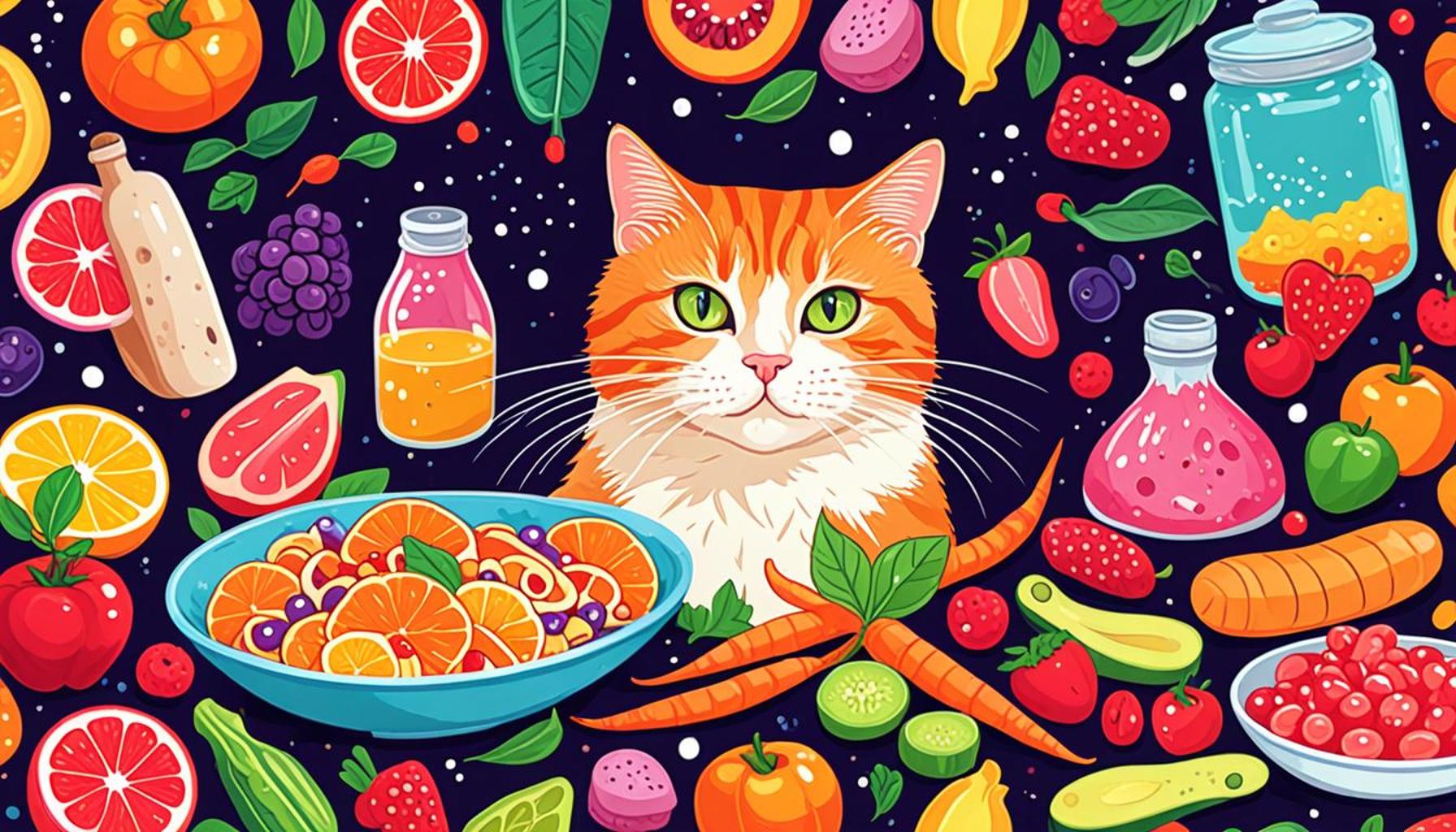The Evolution of Nutritional Needs in Specific Breeds of Dogs and Cats

The Significance of Tailored Nutrition for Pets
As we delve into the intricate world of pet nutrition, it becomes increasingly clear that feeding our furry companions is not a one-size-fits-all endeavor. The dietary requirements of dogs and cats are profoundly influenced by various factors, including their breed characteristics, lifestyle, and even geographical location. The evolution of domestic pets has led to distinct nutritional needs that pet owners must navigate to ensure optimal health and longevity.
One important aspect of understanding pet nutrition is recognizing that large breeds often possess different needs compared to their smaller counterparts. For instance, breeds like the Great Dane or Saint Bernard typically require a diet rich in protein to support their vast muscle mass and bone health. Nutritionists recommend high-quality proteins sourced from meats such as chicken, beef, or lamb, as these will provide essential amino acids necessary for muscle growth and overall vitality.
- Conversely, small breeds like Chihuahuas or Pomeranians have a rapid metabolism, necessitating a diet that is calorie-dense. Foods designed for small dogs are often enriched to ensure they receive adequate nutrients in smaller portions, preventing malnutrition despite their diminutive size.
- Additionally, active breeds, such as Border Collies or Labrador Retrievers, who engage in work or high-energy activities, need balanced energy sources. This means a diet incorporating healthy fats and carbohydrates to fuel their excessive activity. Specialized performance formulas that include ingredients like chicken fat and brown rice are optimal.
Beyond breed characteristics, it is essential to consider health conditions that can influence dietary needs. Conditions such as allergies, common in breeds like the Golden Retriever, require you to be vigilant about ingredients, often steering pet owners toward hypoallergenic formulas. Similarly, obesity is a significant risk factor for many breeds, thus necessitating calorie-controlled diets that focus on fiber to promote fullness without the excess calories.
Breed-specific genetic predispositions are also critical factors to consider. Certain breeds like the Dachshund are predisposed to spinal issues, thus benefiting from diets rich in omega-3 fatty acids, which support joint health. This underlines the necessity for customized dietary plans that cater to the unique metabolic rates and health maintenance requirements of each breed.
Understanding the science behind breed-specific diets can lead to wiser choices for your pets, impacting both their health and quality of life. As we explore the journey of tailored nutrition and its significance for our pets, it’s essential for pet owners to engage with veterinarians and pet nutritionists for informed decisions. By doing so, we can contribute to healthier, happier lives for our beloved four-legged family members.

LEARN MORE: Click here for essential tips
Understanding Nutritional Demands by Breed
The relationship between breed and nutritional needs is intrinsically tied to the biological and historical contexts of dogs and cats. Various breeds have been selectively bred not only for physical characteristics but also for specific skills and traits, resulting in vastly differing metabolic rates and nutritional needs. As pet owners strive to provide the best diets for their furry companions, comprehending how these requirements have evolved becomes paramount.
Take, for example, the Bulldog, known for its stocky build and unique jaw structure. This breed is predisposed to respiratory issues, making over-exertion a significant risk factor. Consequently, Bulldogs may require lower-calorie diets with a focus on weight management to avoid excessive strain on their respiratory system. High-quality proteins along with easily digestible carbohydrates become essential in maintaining their health while preventing obesity, a common issue among this breed.
- Terriers, on the other hand, boast a high energy level and often require more protein and fat in their diets. Breeds like the Jack Russell Terrier engage in intense physical activity and need well-balanced, calorically rich foods to support their energetic lifestyle.
- Similarly, working breeds such as the Siberian Husky or Rottweiler necessitate a diet that is high in proteins, fats, and calorie density. Their energy levels demand a nutritional profile designed to excel in taxing environments, bolstering endurance and muscle development.
Furthermore, the dietary requirements of indoor cats starkly contrast with those of outdoor cats, influenced largely by their activity levels and hunting instincts. Indoor cats often tend to be less active, thus requiring fewer calories. Therefore, weight control formulas with high fiber content are favorable to prevent obesity and promote satiety. In contrast, outdoor cats, who have higher energy expenditure, benefit from protein-rich diets that mirror what they would naturally consume in the wild, including small mammals and birds.
The life stage of a pet also significantly impacts nutritional needs, as puppies and kittens have different requirements compared to adult and senior pets. Growing puppies often require higher levels of protein and essential fatty acids to support their rapid growth and development. Conversely, senior dogs and cats may benefit from diets with reduced calories and increased joint-supporting supplements, given their often reduced activity levels and potential for age-related health issues.
As pet owners become more educated on the nuances of breed-specific nutritional needs, they are better equipped to curate optimal diets. Utilizing research, consultations with veterinarians, and an understanding of individual health needs will shape the dietary landscape for future generations of pets. This enlightenment for pet owners is paving the way for more tailored nutritional regimes, leading to healthier, happier pets.
| Category | Description |
|---|---|
| Breed-Specific Ingredients | Certain breeds require tailored ingredients such as higher protein or specific fats. |
| Health Considerations | Nutritional needs can vary due to genetic predispositions, affecting diet choices. |
| Age-Appropriate Nutrition | Young, adult, and senior pets have distinct nutritional requirements paramount for their health. |
| Dietary Trends | Emerging trends such as grain-free or raw diets continue to influence nutritional guidelines. |
The evolution of nutritional needs in specific breeds of dogs and cats is a fascinating journey shaped by advancements in veterinary science and a deeper understanding of animal health. As we recognize that genetic diversity among breeds influences their dietary requirements, it becomes increasingly essential to adopt a science-based approach to pet nutrition. For example, breeds predisposed to specific health issues, such as obesity in Dachshunds or diabetes in certain feline breeds, require special diets formulated to mitigate these risks.Moreover, age plays a crucial role in determining what type of food is appropriate. Puppies and kittens have higher protein demands for growth, while senior pets may benefit from reduced calories and increased fiber. As the pet food industry continues to evolve, staying informed about the latest research on breed-specific nutritional requirements is vital for pet owners looking to provide optimal health for their furry companions. This ever-changing landscape invites pet owners to embrace new foods and feeding strategies tailored to their beloved animals.
DISCOVER MORE: Click here to learn how adopting a pet can enhance your well-being
Age-Related and Health Considerations for Nutritional Needs
The nutritional needs of dogs and cats are also influenced by their age and any underlying health conditions, making it necessary to adapt their diets as they progress through different life stages. Understanding these changes is vital for pet owners aiming to provide a balanced diet that caters to their pets’ evolving requirements.
For instance, puppies typically require diets that are rich in calories, protein, and essential fatty acids to support their rapid growth and development. High-quality puppy food should have at least 22% crude protein and 8% fat, which is critical in fostering healthy muscle and skeletal development. Moreover, nutrients like DHA (docosahexaenoic acid), found in fish oil, are increasingly recognized for their role in brain development, setting the foundation for cognitive functions that persist through adulthood.
- Kitten diets echo similar principles, demanding a boost in calories and proteins, as kittens experience exponential growth and maturation during the first year. Specific formulations, often labeled as ‘kitten food,’ ensure adequate nutrition for healthy development, providing high levels of protein (around 30% crude protein) and calcium, crucial for bone density.
- As pets edge into their senior years, their nutritional landscape typically shifts to accommodate their slowing metabolism and diminishing activity levels. Senior dogs and cats may require diets that focus more on joint health, featuring glucosamine and chondroitin, as well as lower-calorie formulations to avoid obesity, which can complicate existing health issues.
Health conditions also play a substantial role in guiding dietary choices. For example, animals suffering from kidney disease may benefit from lower-protein diets with reduced phosphorus levels to alleviate the strain on their kidneys. Similarly, diabetic pets require high-fiber, low-carbohydrate diets that help manage blood sugar levels and promote steady energy release.
Moreover, some breeds have genetic dispositions to certain health issues, impacting their nutritional requirements further. For instance, large breed dogs like Great Danes and Saint Bernards are particularly susceptible to hip dysplasia, prompting owners to seek foods fortified with specific nutrients such as omega-3 fatty acids and calcium to support joint health and proper growth.
Another example includes breeds predisposed to food allergies or intolerances, such as Boxers and Labrador Retrievers. Such pets often require diets that exclude common allergens like grains or specific proteins, allowing pet owners to consider specialized hypoallergenic formulas designed to minimize digestive upset and skin issues.
The evolution of nutritional science is also fostering advancements in pet foods aimed at functional health. Products that not only fulfill baseline nutritional requirements but also target specific issues—ranging from skin health to digestive vitality—are emerging in the market, providing tailored solutions for each breed’s unique challenges.
Ultimately, aligning dietary choices with an animal’s age, health status, and breed-specific tendencies ensures that pets remain not only nourished but also thrive throughout their lives. As access to information about pet nutrition continues to grow, pet owners are empowered to make informed decisions that enhance the longevity and quality of life for their beloved companions.
LEARN MORE: Click here to discover the impact of pet adoption
Conclusion
The journey of understanding the evolution of nutritional needs in specific breeds of dogs and cats has transformed how pet owners approach feeding their furry companions. As we have explored, the nutritional requirements of these animals are not static; they evolve based on factors such as age, health status, and inherent breed characteristics. From the energetically demanding diets of puppies and kittens to the often specialized nutrition required for senior pets or those with health issues, recognizing these nuances is crucial for promoting overall well-being.
Moreover, advancements in nutritional science are paving the way for functional pet foods that not only meet basic dietary needs but also address specific health concerns. Pet owners now have access to a variety of products designed to support joint health, weight management, and even skin vitality, tailored to the distinct challenges faced by different breeds.
This comprehensive understanding of breed-specific nutritional requirements empowers pet owners to make informed decisions regarding their pets’ diets. Such awareness can lead to healthier, happier lives for our companions. As we look ahead, continued research and evolving insights into pet nutrition will only enhance the options available, ensuring that our beloved dogs and cats receive optimal care throughout their lives. Exploring these aspects opens up a world where pet wellness is prioritized, and the bond between pet and owner is strengthened through tailored nutrition.


